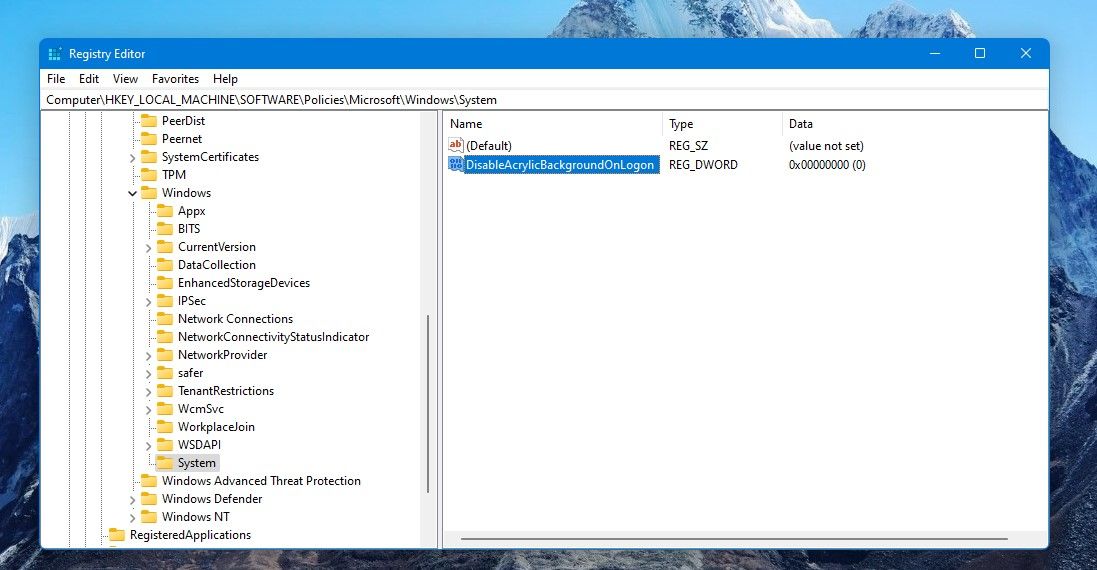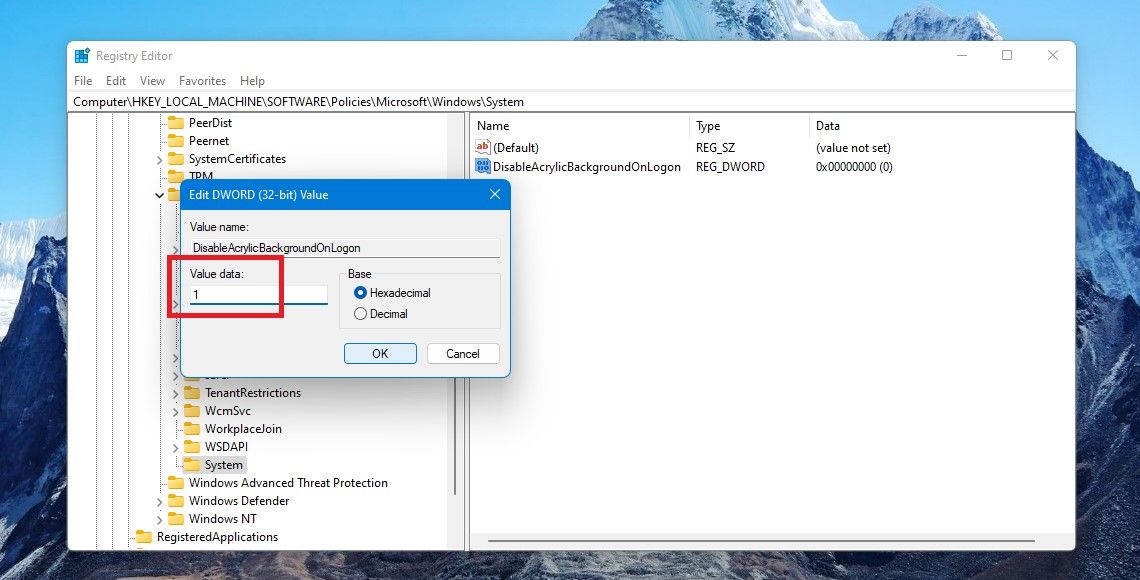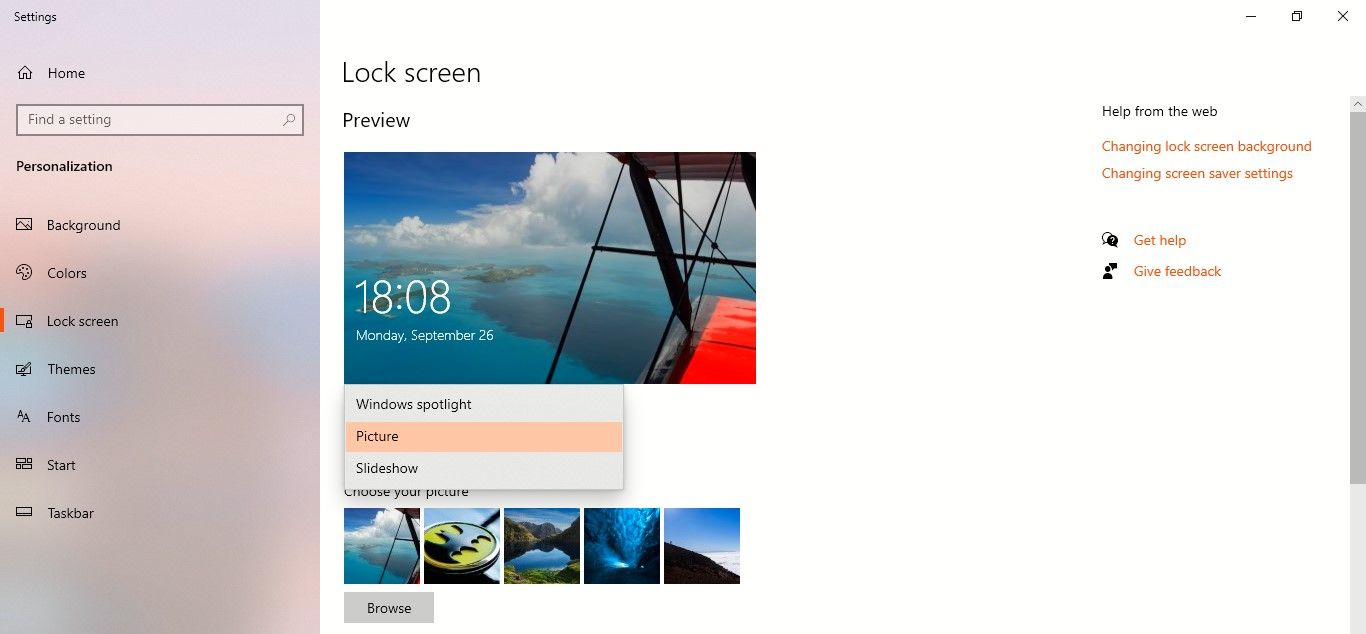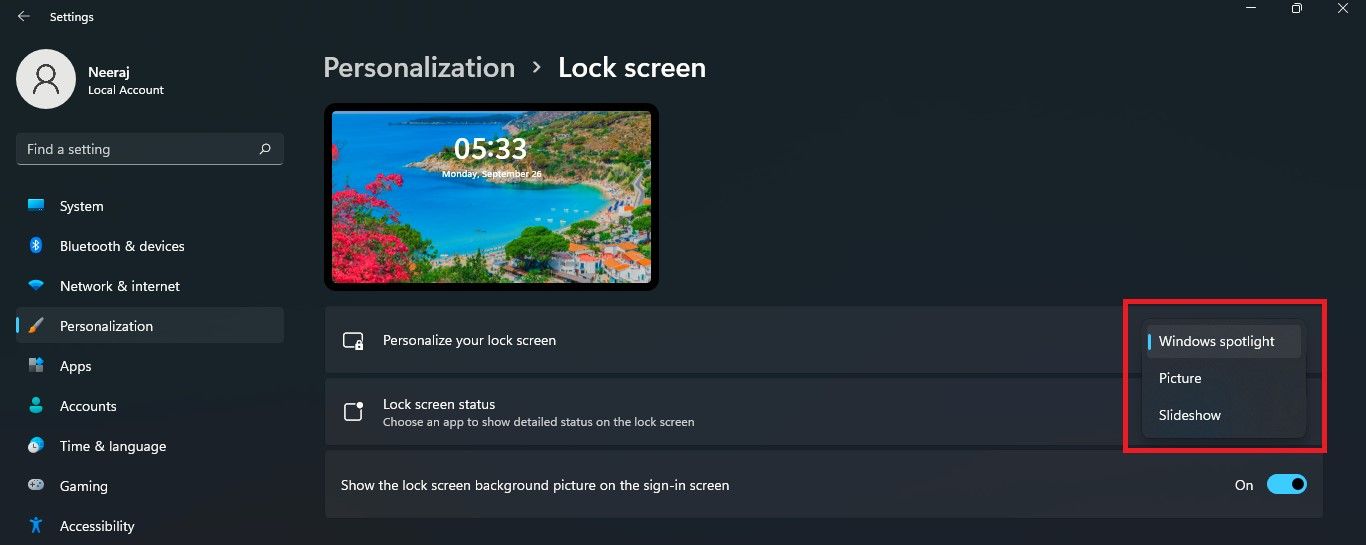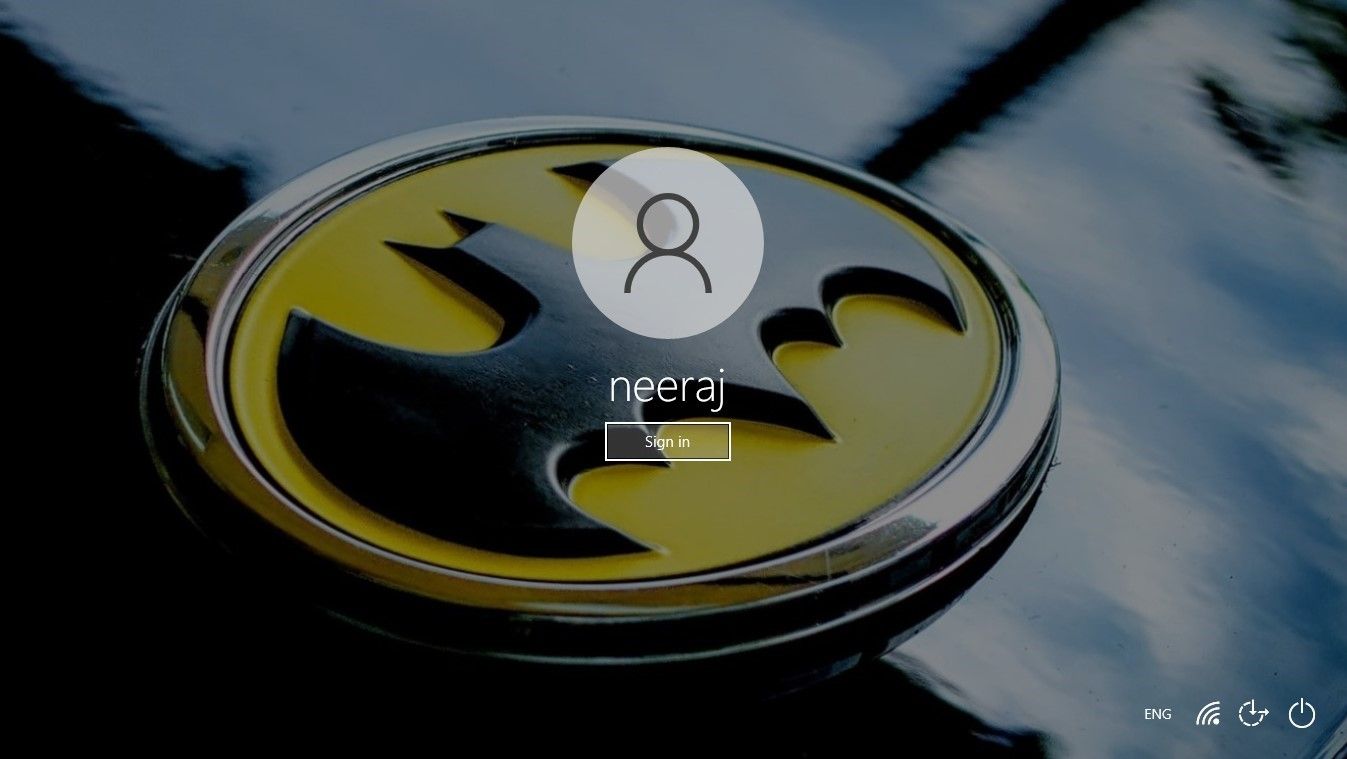As a Windows user, you'd probably be signing in to your PC a few times every day. It's the beginning of working, connecting, enjoying, or achieving whatever you want in your computing lifestyle.
And if the fuzzy sign-in screen doesn't seem like a good start, there are ways you can clear the blur and enjoy the view. Let's explore how.
Don't Like Signing In With a Blurry Image? Unblur it and Enjoy the View
When you sign in to your Windows PC, the background of the sign-in screen is blurred and has a translucent effect. This is the Acrylic Blur Effect, a part of Microsoft's Fluent Design that is enabled by default.
However, if you prefer not to sign in to a blurry image and want a clear view of the background image, you can easily disable the acrylic blur.
Moreover, you can enjoy some breathtaking images that are enabled by Windows Spotlight or even choose a picture that you like to appear on your sign-in screen.
But first, let's explore the three ways how you can turn off the blur effect on the Windows sign-in screen.
How to Disable the Acrylic Blur Effect Through Settings on Windows 10 and 11
It's easy to unblur the sign-in screen via Settings. To do that on Windows 10 and 11:
- Press Win + I keys to open Settings and then click Personalization.
- In Windows 11's Settings, Personalization is on the left pane. Alternatively, you can right-click on the desktop and select Personalize.
-
The Personalization screen will open. On Windows 10, click on Colors in the left pane.
-
On Windows 11, the Colors tab is on in the right pane.
-
On Windows 10, on the Colors screen in the right pane, Transparency effects will be on by default. Simply toggle off the Transparency effects.
-
On Windows 11, Transparency effects is in the right pane. Toggle it off.
That's it. Now, whenever you restart or sign in to your PC, you will see the background image without the blur effect.
To check it without restarting your computer, press the Win + L keys together. The Lock screen will appear. Then click on the Lock screen, and the sign-in screen will show up. If everything worked out, your view won't get blurred out when you sign in.
There are a few other ways to turn off Transparency effects. However, if you unblur the sign-in screen by turning the Transparency effects off, it would also disable the effects on other areas of Windows UI, like the taskbar, Start menu, and Action center.
Transparency effects add an enhanced visual appeal to the Windows UI and make overlapping screen elements blend seamlessly with each other and the background. If you would like this translucent effect on the Start menu, taskbar, and other elements, you should try the other two ways mentioned below to unblur the sign-in screen.
How to Disable the Acrylic Blur Effect Using the Local Group Policy Editor
You can use this method if you have the Windows 10 Pro and Enterprise editions, as the Windows Home edition does not have the Local Group Policy Editor. However, there's a workaround to get the Local Group Policy Editor on a Windows Home edition PC.
So let's see how to unblur the sign-in screen using the Local Group Policy Editor:
-
Press Win + R to open the Run box. Type gpedit.msc and hit Enter.
- The Group Policy Editor will open. Now navigate to the following path in the left pane: Computer Configuration\Administrative Templates\System\Logon.
- Under Computer Configuration, click the down arrow next to Administrative Templates to expand it.
- In Administrative Templates, expand the System folder and click on Logon.
-
Then in the right pane, scroll down to the following policy: Show clear logon background. If it's set to Not configured, you'll need to change it.
-
Double-click the policy to open it and select Enabled. Then click the Apply button and then click OK.
This should disable the acrylic blur effect and show a clear background on the sign-in screen—while ensuring that other areas of the Windows UI still show transparency effects.
And here are a few ways to fix the Local Group Policy Editor if it fails to respond.
How to Unblur the Sign-In Screen via the Registry Editor
Tweaking the Registry is another way you can unblur the sign-in-screen, and you can do this on a Windows Home edition PC too.
However, you should be cautious while editing the registry and it's better if you enable automatic registry backups. If something goes wrong, you can restore Windows to normal with a good backup.
- Press Win + R to open the Run box. Type regdit and hit Enter.
- Click Yes on the UAC prompt. The Registry Editor will open up.
- In the Registry Editor, navigate to the following path: HKEY_LOCAL_MACHINE > SOFTWARE > Policies > Microsoft > Windows. Or just copy and paste this path into the Registry Editor and hit Enter.
-
In the Windows folder, look for the System key in the left pane. If you can't find it, you will need to create it by right-clicking the Windows key, selecting New > Key and name the key System.
-
Select the System key in the left pane. In the right pane, right-click on a space, and from the menu, select New > DWORD (32-bit) Value.
-
Then give it this exact name with each word beginning with a capital letter: DisableAcrylicBackgroundOnLogon.
-
Double-click on DisableAcrylicBackgroundOnLogon to edit it. You will see that the default value of Value data will be 0. Change the Value data to 1 and click OK to apply the changes.
Value data 0 means that the Acrylic Blur Effect is on. Changing Value data to 1 will disable the blur effect on the sign-in screen.
You will see the clear image when you sign in again or just press Win + L keys to see it.
How to Display Your Favorite Picture on the Sign-In Screen
You can even choose which picture you want to display on your sign-in screen. For that first, you need to set up the picture on the Lock screen. Here's how:
Right-click on your desktop and select Personalize from the menu. In Personalization settings, choose Lock screen.
On Windows 10, under the Background tab, you will get three options: Windows spotlight, Picture, and Slideshow.
On Windows 11, the three options will be under Personalize your lock screen.
Choose Windows spotlight for beautiful images that display automatically. Windows Spotlight updates daily with images from around the globe and it also shows tips and tricks for getting the most out of Windows. You can also save Windows Spotlight images that you like by looking them up on your PC.
Choose the Picture option to set your favorite picture on the sign-in screen—like a family pic, favorite band, or superhero movie symbol. Click Browse to upload an image from your PC and click on Choose picture.
If you want pictures from your favorite album displayed randomly, select Slideshow. To add the album, select Add a folder and select Choose this folder. For better results, open Advanced slideshow settings to set your preferences.
And most importantly, scroll down the Lock screen page and ensure that the Show lock screen background picture on the sign-in screen option is turned on. Now the lock screen images will show up on the sign-in screen.
Enjoy a Spectacular Welcome to Windows
Bring the visual vibes of breathtaking sceneries, awesome landscapes, and your favorite images to your sign-in screen—and enjoy a spectacular welcome every time you sign in to Windows.

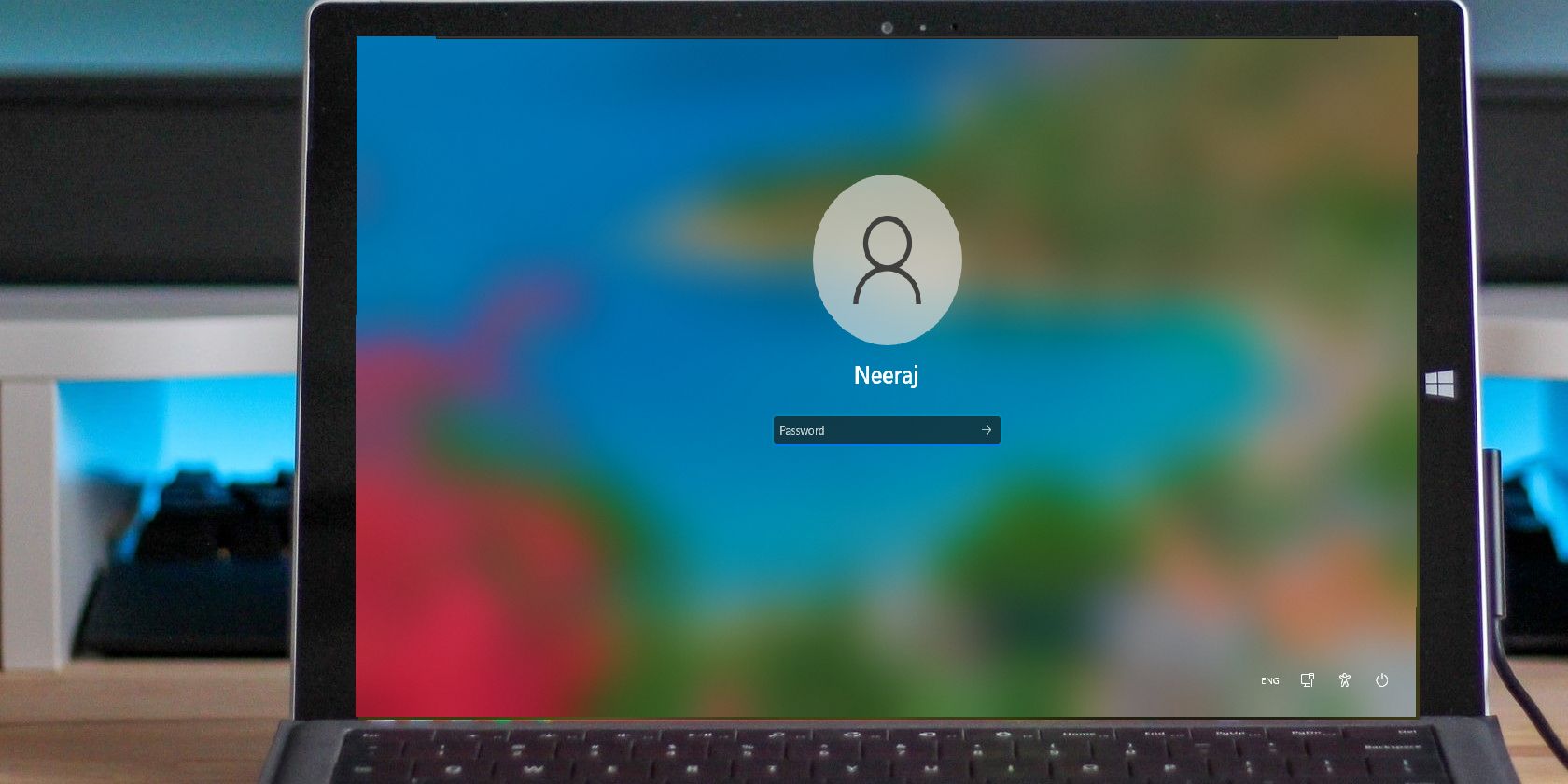

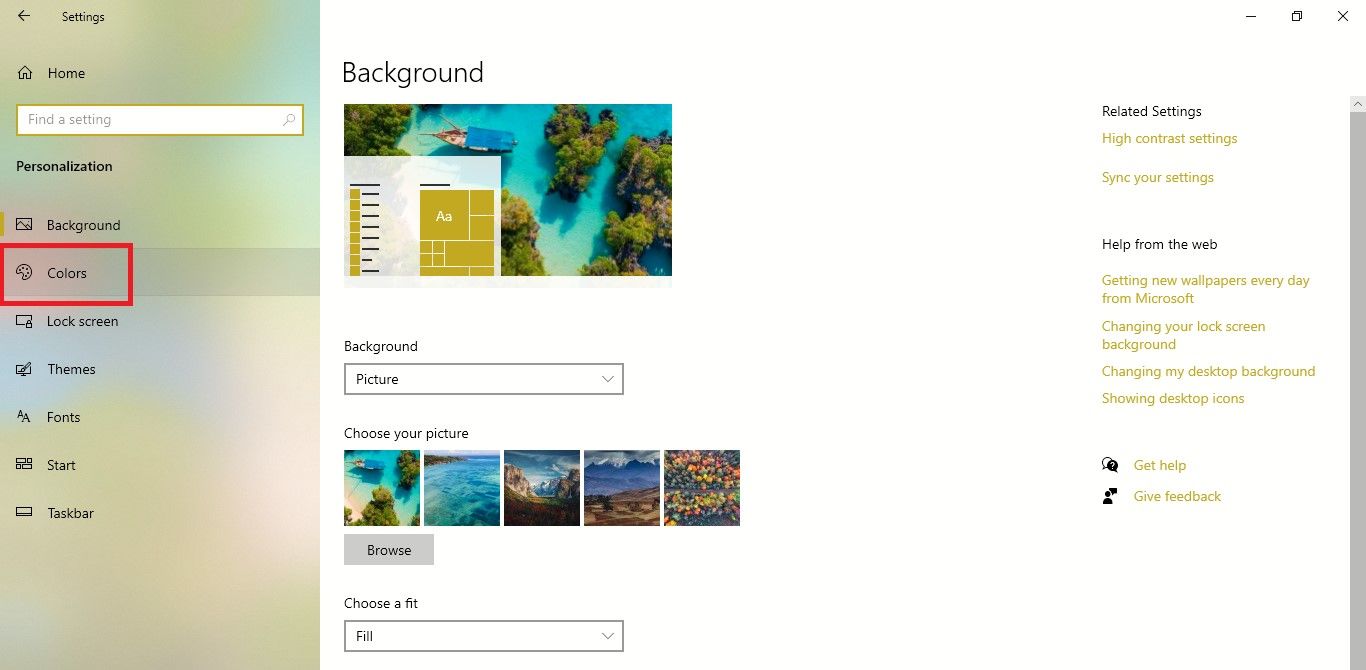
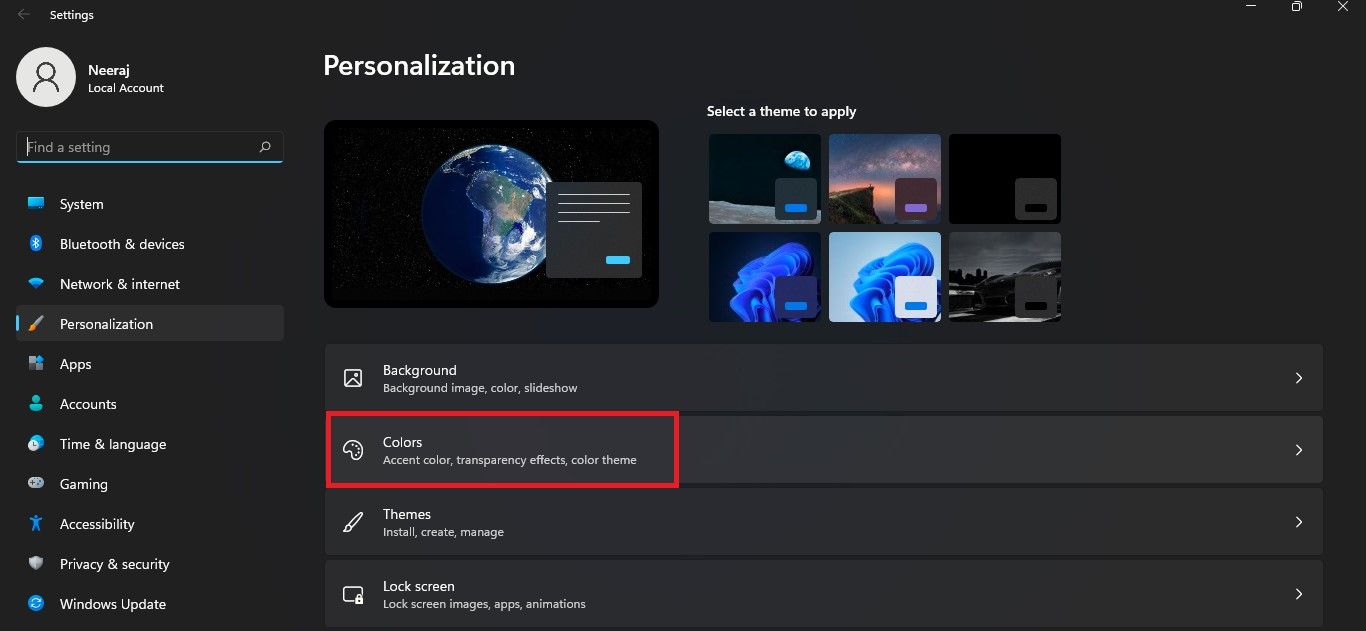
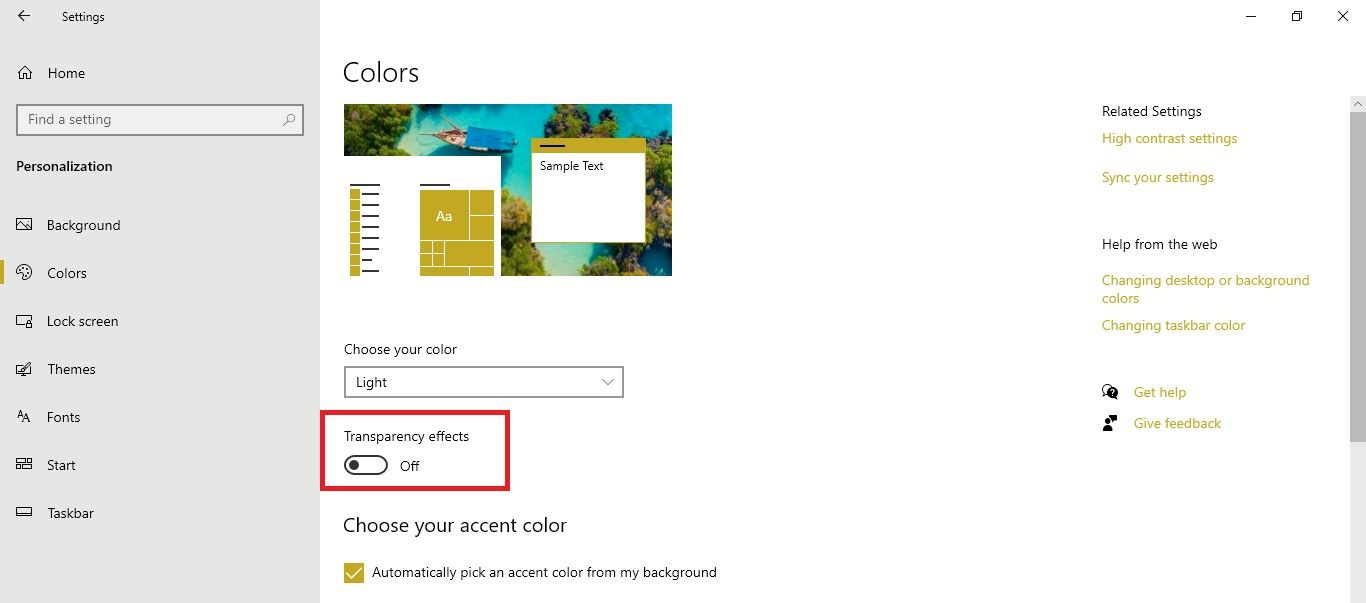
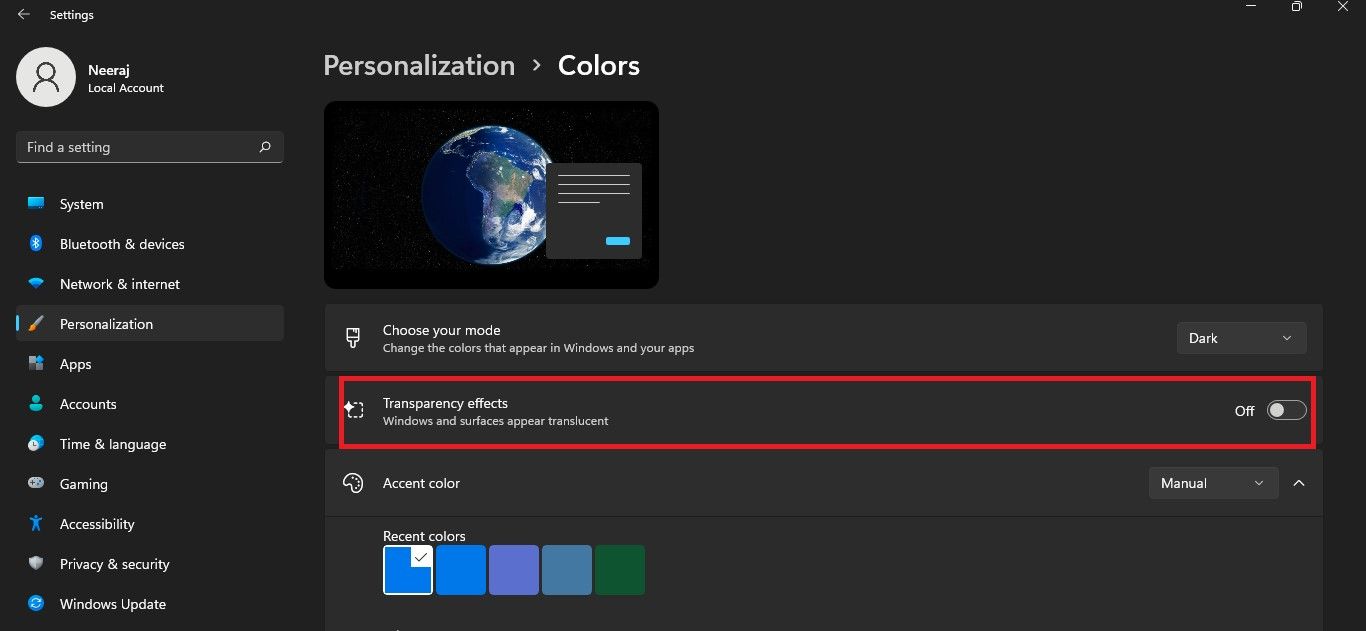


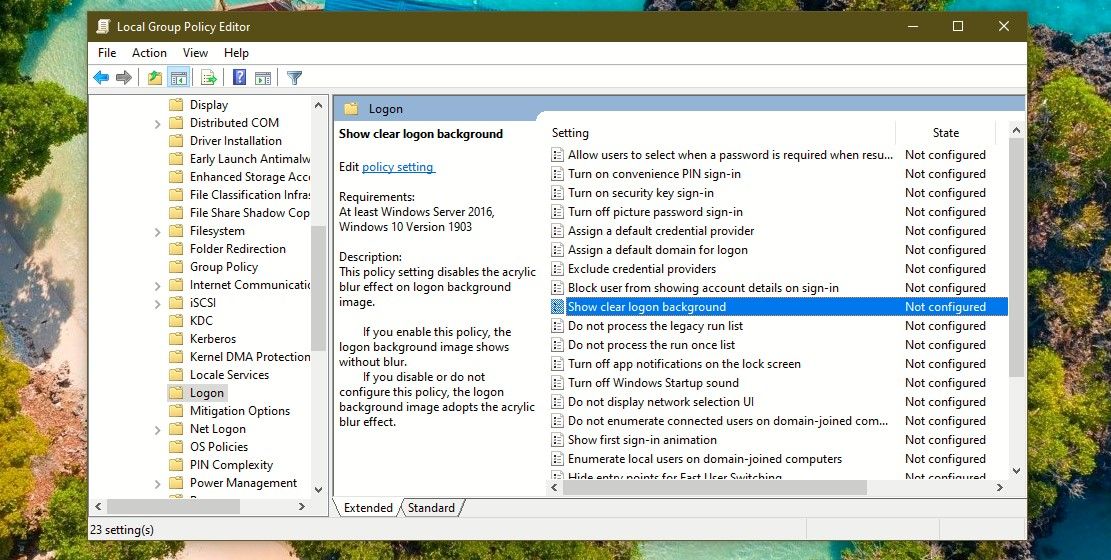
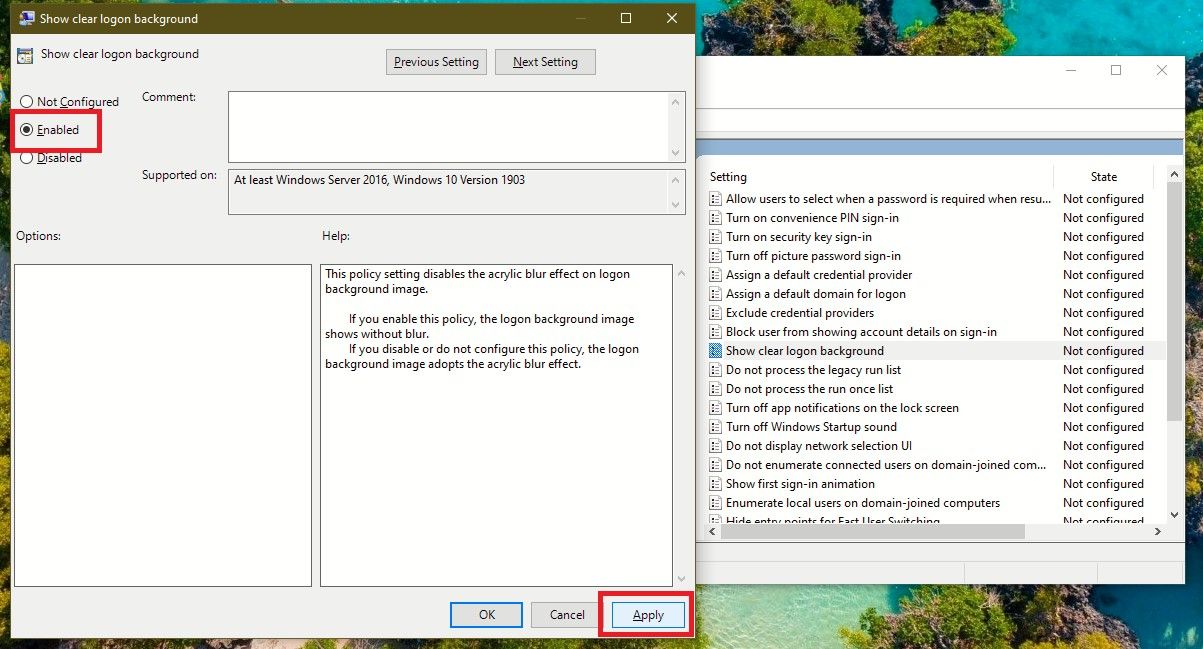
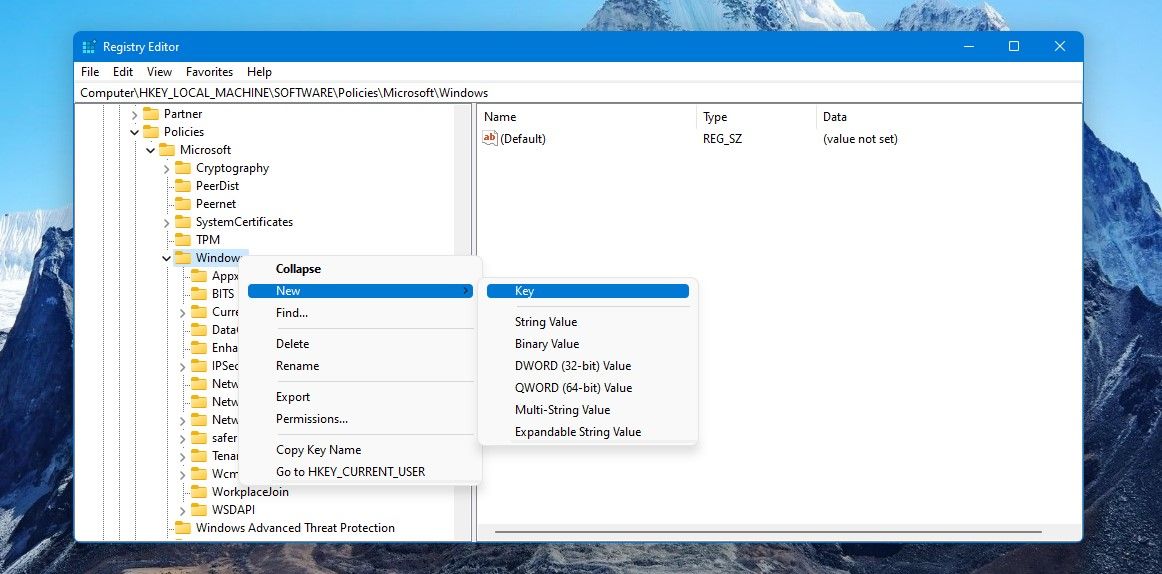
--Value.jpg)
